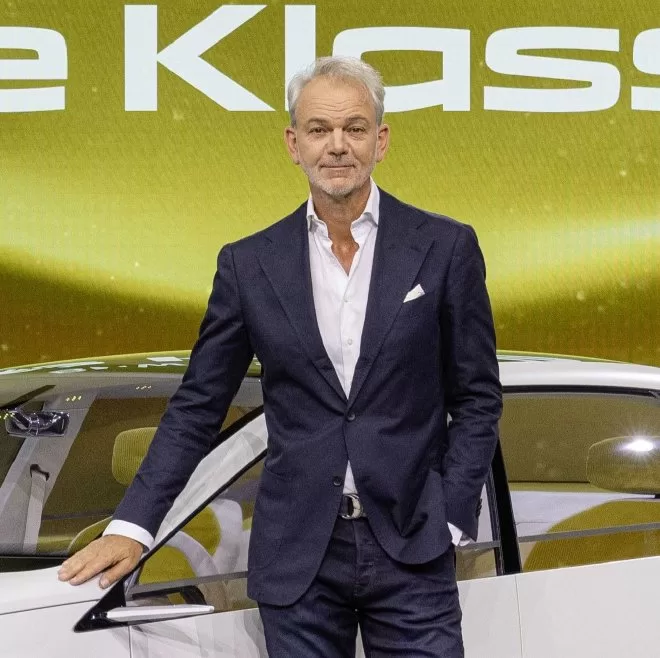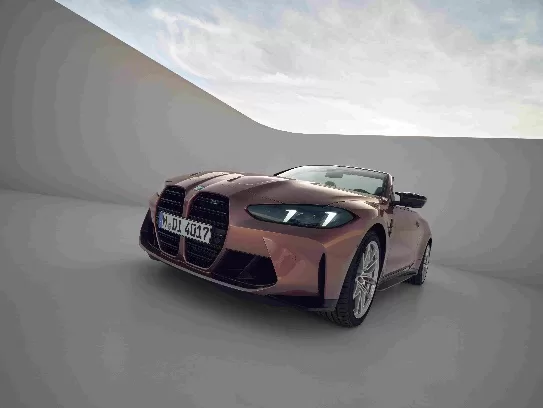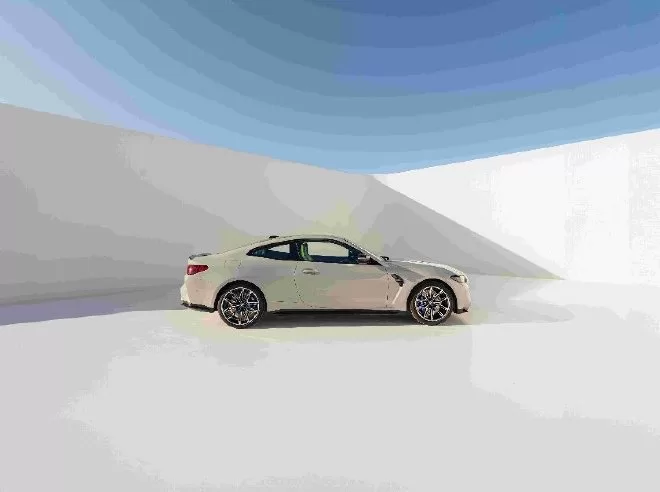BMW’s design always leads the way and never stops pushing boundaries and creating. After 4 years, the Beijing International Auto Show is making a comeback. The BMW Group’s Senior Vice President of Design, Mr. Hoydonk, will bring his team of designers to Beijing to connect with Chinese consumers and listen to their feedback on cutting-edge automotive technology, drawing inspiration from the Chinese market. Over the past year, Mr. Hoydonk and his team have visited China multiple times, showing BMW’s commitment to the Chinese market. At the same time, BMW’s most iconic models will debut at the Beijing Auto Show. With BMW and MINI brands, fifteen series, four drive forms, covering all core market segments from compact to luxury cars, including the BMW Next Generation Concept Car, the new BMW M4, the global debut of the new electric MINI ACEMAN, and the new electric MINI COOPER. These models showcase BMW’s dedication and innovation in automotive design. For BMW designers, it’s a constant balance between classic DNA elements and bold, modern aesthetics. They integrate more high-tech elements into classic designs in a minimalist way to break new ground and create a renaissance for the brand, finding the soul of BMW in the perfect balance between past and future. “The mission of design is to give the brand a unique identity. Whether it’s BMW or MINI, the brand’s DNA remains consistent. As a luxury brand, BMW’s design must be loyal to the brand, pay tribute to classics, and embrace the future by incorporating the most modern elements, finding a dynamic balance between future design and historical heritage,” said Mr. Hoydonk, the BMW Group’s Senior Vice President of Design. “Less is more. Use as few lines as possible to shape personality and make a lasting impression, bringing the brilliant classic designs of the past 100 years into the next 100 years.”
BMW’s most classic design is the angel eye headlights, which have become a link connecting BMW models from different eras. From the round headlights of the BMW 3.0 CS in the late 1960s to the halo lights of the BMW 5 series in the late 1990s, and now the double diamond shape in 2020. Today, the angel eye headlights of BMW’s new generation concept car have been evolved and restructured in a more concise way, simplifying and refining. The modern minimalist double slanted LED lines are a fresh interpretation of the classic angel eye headlights, full of futuristic appeal while highlighting BMW’s distinctive features.
When it comes to BMW design, the kidney grille cannot be ignored. Since the BMW 303 in 1933, the kidney grille has always been the most classic and heritage design element of BMW, despite the changing shapes. Among the many kidney grilles, the new BMW M4, which made its first appearance at the auto show, stands out. The large vertical kidney grille is bold and full of tension, a pure tribute to classic two-door coupes like the BMW 328 from the 1930s and the BMW 3.0 CS from the 1970s. With a ready-to-go spirit, it showcases BMW M’s superior performance, highlighting the impressive achievements of M models on the racetrack.
In addition to innovative aesthetics, BMW’s design prioritizes “driving experience.” The new BMW M4 embodies BMW’s classic design philosophy, showcasing the pride of “pure driving pleasure” to the fullest: long hood, long wheelbase, short front overhang, 50:50 front-to-rear weight distribution, muscular lines, streamlined roofline creating a dynamic stance even when stationary, unmistakably a BMW. The outstanding design provides unique aerodynamics for the vehicle, contributing to the exceptional track performance of the M4. The BMW M4 GT4 race car, based on the BMW M4, achieved remarkable success in its first season, winning over 70 championships in major global events, demonstrating unmatched racing prowess. Good design both inside and out, with all interior designs focused on the driving experience. In 1975, the first-generation BMW 3 Series innovatively tilted the center console towards the driver, establishing the “driver-centric” interior design principle. Today, every BMW cockpit inherits this design guideline; in BMW’s new generation concept cars, the central display screen continues to embody the design philosophy of “the driver’s car” with a redesigned diagonal contour.
Breaking conventional thinking, “Mini to the extreme” gives Mini’s classic design wings of imagination. As a British brand under the BMW Group, Mini’s design is distinct yet convergent with BMW’s. BMW leads the evolution of the times, while Mini rejuvenates through history, interpreting the timeless design trend. Mini is always a unique presence, always adhering to 100% original thinking. The global debut of the all-new electric Mini ACeMAN and the all-new electric Mini COOPER at this car show will perfectly blend heritage and innovation, adhering to the brand’s “mini to the extreme” design principle, showcasing the essence of Mini to the fullest.
In fact, during the 65 years since the birth of the MINI brand, no matter how trends evolve, MINI’s classic and innovative features always come together. The iconic classic “two-eight principle” is still upheld, with an 80% high “room rate” inside the car. To achieve this, there is the “four wheels at four corners” design, transverse engine, low center of gravity, and the golden body proportion achieved by the infinite extension of the ABC pillar into an isosceles triangle, among other classic MINI elements. Now, these designs born for “utility” have become a generation of classics, leading trends and still in use today. In addition to the classic body proportions, round headlights, round central display screen, toggle switches, Union Jack design, and a series of other classic design elements give MINI a strong brand appeal, making MINI not just a car, but also a continuously inspiring lifestyle.
MINI’s design director Mr. Hemmer said, “Breaking conventional thinking and infusing cars with creative ideas is MINI’s expertise.” The classic MINI COOPER, with the addition of electrification, now has wheels closer to the corners of the body, giving it a smoother appearance. Inside the car, the world’s first round OLED central display screen combined with 5 physical toggle switches below continues MINI’s interior design tradition. The new electric MINI COOPER, with classic elements and new creative ideas, pays homage to the 1959 classic Mini more than any of the previous generations, making it even “more MINI.” As innovators and leaders in the design field, BMW draws inspiration widely, especially through the Designworks Shanghai studio, incorporating elements from Chinese culture and tradition to enhance the designs of all brands under the group. Various models, including the new generation BMW models, have deep involvement from the Chinese design team, injecting a contemporary significance that resonates with Chinese users and even global users. Remaining loyal to the brand, inheriting classics, and leading the era. BMW’s design never stands still but instead sets new standards and stays ahead of the times with unique design and carefully crafted vehicle concepts. At the Beijing Auto Show, BMW Group will showcase a new interpretation of classic design DNA. Stay tuned.








